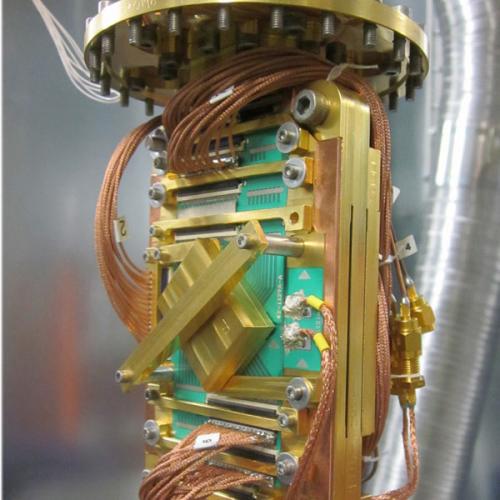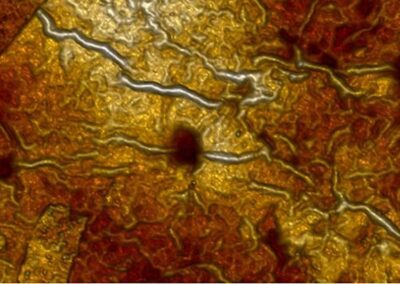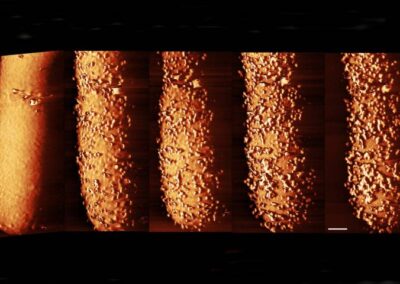Scientists at the London Centre for Nanotechnology (LCN) have recently demonstrated that heat energy coming in from the outside can help a quantum annealer get better solutions for a certain type of problem. The usual approach to quantum annealing is to run the device many times and keep only the lowest energy (most optimal) answer i.e. the answer one would obtain if the annealer was operating at a temperature of absolute zero. However, LCN researchers have demonstrated that under certain circumstances, it is better to consider an average of all of the solutions the device gives when operating at temperatures above absolute zero. Since it is not possible for any real machine to operate at absolute zero, this is good news for manufacturers of quantum annealing machines such as Canada’s D-Wave Systems Inc.
The specific problem used in this test was a Bayesian inference problem using the annealing hardware developed by D-Wave. The goal of Bayesian inference is to reconstruct the most likely event based on limited information about what actually happened. The researchers chose an application of Bayesian inference from the telecommunications industry known as message decoding. The task of message decoding is important for virtually all forms of wireless communication, from sending a text on one’s mobile phone to communicating with probes in deep space. In message decoding the goal is to extract information from a message which has been corrupted by noise.
In the case of the programmable annealer, the lowest energy answer the device gives corresponds to the single most likely interpretation of the corrupted message. However, there may be several slightly less likely messages which are very different from this. If the probability of each data bit in the message being corrupted is known (even approximately), better decoding can be obtained by taking a weighted average of all possible messages. This weighted average takes the exact same mathematical form as the probability of finding states at a non-zero temperature. The real annealing device is at a non-zero temperature due to heat coming into the system from the outside, and therefore this heat helps to get a better answer. Up to a point, this temperature can effectively be controlled using the methods explored in an earlier research highlight; Quantum Computing Research May Back Controversial Company.
The researchers have demonstrated that an average of solutions from the D-Wave device performs decoding better than finding the exact lowest energy state for certain levels of noise. This provides a demonstration that all of the information which the device gives is useful, not just the lowest energy state. While this experiment was not intended to be able to compete with currently used methods of decoding within the telecommunications industry, the methods studied are generally applicable to a whole range of inference problems including machine learning problems of the kind which Google and other companies have made very impressive progress in within recent years.
This research has been published in the journal Scientific Reports under the title ‘Maximum-Entropy Inference with a Programmable Annealer‘.



